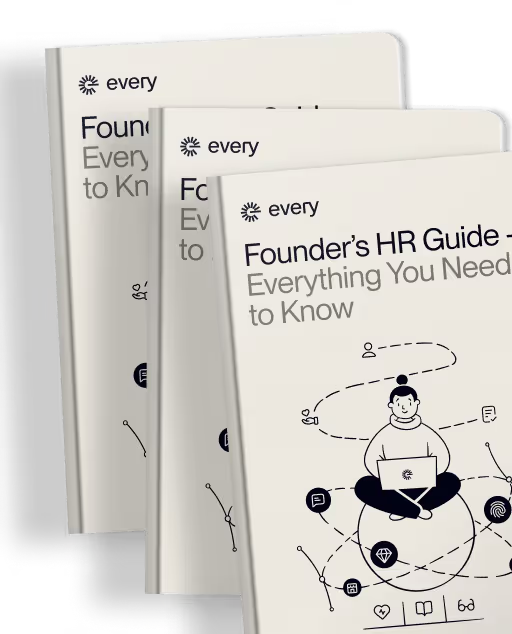How Ayushi Sinha is Advancing Inclusivity and Scalability in Healthcare AI

AI applications for healthcare have the potential to unlock greater care for more people at lower costs. With US healthcare costs per capita having risen by 46% in the last 10 years, democratizing access to quality care would be transformative.
But while certain industries have been quick to adopt AI, utilization in healthcare is still in early stages. This is partly because to use AI effectively, the healthcare organizations and technology companies must first develop high-quality patient data sets upon which to train AI applications.
After growing up in a family of doctors, earning a CS degree from Princeton, and beginning her career in computer vision, Ayushi Sinha recognized that for healthcare AI applications to have a positive impact, the industry would first need to establish diverse and inclusive data sets for model development. So she set out to build Tumerik and help healthcare improve scalability and inclusivity as it transitions into an AI-led era.
Tumerik: Accelerating AI Model Development in Healthcare
Tumerik is building infrastructure that enables AI companies to unlock access to global, diverse patient populations upon which they can train innovative applications for healthcare.
The healthcare industry is under more pressure than ever before, and organizations have an appetite to explore AI solutions that can help them deliver quality care with greater efficiency. But while AI applications for other sectors can be trained on vast, publicly-available datasets, AI applications for healthcare aren’t able to access training data as easily.
Thus far, healthcare AI companies have partnered with academic medical centers to acquire access to high-quality, longitudinal, multimodal data sets, often in exchange for company equity. But these arrangements are sub-optimal, as high-growth companies tend to be hesitant to share equity, and academic medical centers tend to have a preference for liquidity over long-term investment bets. Furthermore, medical centers typically have data related to specific patient populations, which can lead to bias in AI models.
Turmerik is offering an alternative, working with a diverse set of medical organizations across the world to create a comprehensive dataset and making it available to healthcare AI companies. In addition to providing this data, Turmerik offers access to expert physician and specialist data labelers to ensure clinical accuracy, and generates realistic synthetic data to fill gaps and enhance training sets. Turmerik also partners with healthcare organizations and AI companies to help them assess and improve the quality of their datasets, ultimately helping teams across the industry develop more effective AI applications.
Ayushi’s journey to Tumerik
Growing up in a family of doctors that had immigrated from India to rural Tennessee, Ayushi saw first-hand the way in which marginalized communities are often excluded from the large healthcare data sets published by academic centers. She continued to explore this idea while studying Computer Science at Princeton, writing her thesis on data set diversity.
After college, she began her career as Product Manager at computer vision startup Nines. Building ML products for radiology, she continued to encounter the ways in which healthcare technology was being developed based on data from limited populations. With the rise of LLM applications for healthcare, she knew that developing high-quality, diverse and representative data sets would be key to preventing bias in model outputs.
Upon receiving her MBA from Harvard, Ayushi set out to launch Tumerik and build a solution that would enable healthcare organizations to utilize AI in a way that ensures scalable and inclusive outcomes.
Just a year after launching, Tumerik is already partnering with numerous behavioral health and computer vision companies to help them establish a high-quality data foundation for AI use cases.
Ayushi’s advice for fellow founders
Although Ayushi was familiar with many aspects of healthcare before starting Tumerik, she still made sure to investigate the problem space prior to developing the product. In addition to doing discovery calls and user interviews, she took the time to shadow doctors in person and engage in their community.
“For any founder, make sure you’re a fly on the wall with your users,” Ayushi explains. “A lot of tech founders are told to do discovery calls, but even before you’re asking people questions, watch them and shadow them.”
She notes that this is particularly important when building for audiences beyond developers—professionals who work in specialized environments like hospitals and have complex, industry-specific workflows.
To learn more about Ayushi’s journey, you can follow her on LinkedIn.
Up to 3,500 bonus and 3% cash-back on all card spend [3], 6 months off payroll, and 50% off bookkeeping for 6 months, free R&D credit.
Frequently Asked Questions
- How do I sign up for Every?
You can get started right away—just click “Get Started” and follow a short onboarding flow. Prefer a little help? One of our specialists can walk you through incorporation, banking, payroll, accounting, or whatever you need.
- What features does Every offer?
Every gives startups a complete back office in one platform. From incorporation and banking to payroll, bookkeeping, and tax filings, we take care of the operational heavy lifting—so you can spend more time building, less time managing.
- How is Every different from other tools?
Most competitors give you software. Every gives you a full-stack finance and HR team—plus smart financial tools that actually benefit founders. Earn up to 4.3% interest on idle cash and get cash back on every purchase made with your Every debit cards, routed straight back to you.
Every is not a bank. Banking services provided by Thread Bank, Member FDIC. Your deposits qualify for up to $3,000,000 in FDIC insurance coverage when Thread Bank places them at program banks in its deposit sweep program. Pass-through insurance coverage is subject to conditions. The Every Visa Business Debit Card is issued by Thread Bank, Member FDIC, pursuant to a license from Visa U.S.A. Inc. and may be used anywhere Visa cards are accepted.
- Is my data secure with Every?
We use end-to-end encryption, SOC 2-compliant infrastructure, and rigorous access controls to ensure your data is safe. Security isn’t a feature—it’s foundational.
Can I switch to Every if my company is already set up?Yes—you can switch to Every at any time, even if your company is already incorporated and running. Whether you're using separate tools for banking, payroll, bookkeeping, or taxes, we’ll help you bring everything into one place. Our onboarding specialists will guide you through the process, make sure your data is transferred cleanly, and get you set up quickly—without disrupting your operations. Most founders are fully transitioned within a week.
- What stage of startup is Every best for?
Every is designed for startups from day zero through Series A and beyond. Whether you're just incorporating or already running payroll and managing expenses, we meet you where you are. Early-stage founders use Every to get up and running fast—with banking, payroll, bookkeeping, and taxes all handled from day one. Growing teams love how Every scales with them, replacing patchwork tools and manual work with a clean, unified system.
We’re especially valuable for teams who want to move fast without hiring a full finance or HR team—giving founders more time to build, and fewer distractions from admin and compliance
- How long does onboarding take?
Onboarding with Every is fast and efficient. For most startups, the process typically takes between 3 to 7 days, depending on your specific needs and how much setup you already have in place.
If you're a new company, you'll be up and running quickly—getting your banking, payroll, and bookkeeping set up without hassle. If you’re transitioning from another system, our specialists will help you migrate your data, ensuring a smooth switch with no gaps or errors in your operations.
We guide you every step of the way, from incorporation to setting up automated payroll to handling your taxes—so you can focus on growing your business. Our goal is to make sure you're fully operational and confident in your back office in under a week.
Practical Questions to Ask to Ensure Your Bank is Well Managed
How much liquidity does the bank have on hand to cover unexpected withdrawals or shortfalls?
What percentage of the bank's deposits are invested in longer-term securities and loans, and what percentage is kept as cash reserves?
How does the bank diversify its investment portfolio to minimize potential losses and reduce risks?













